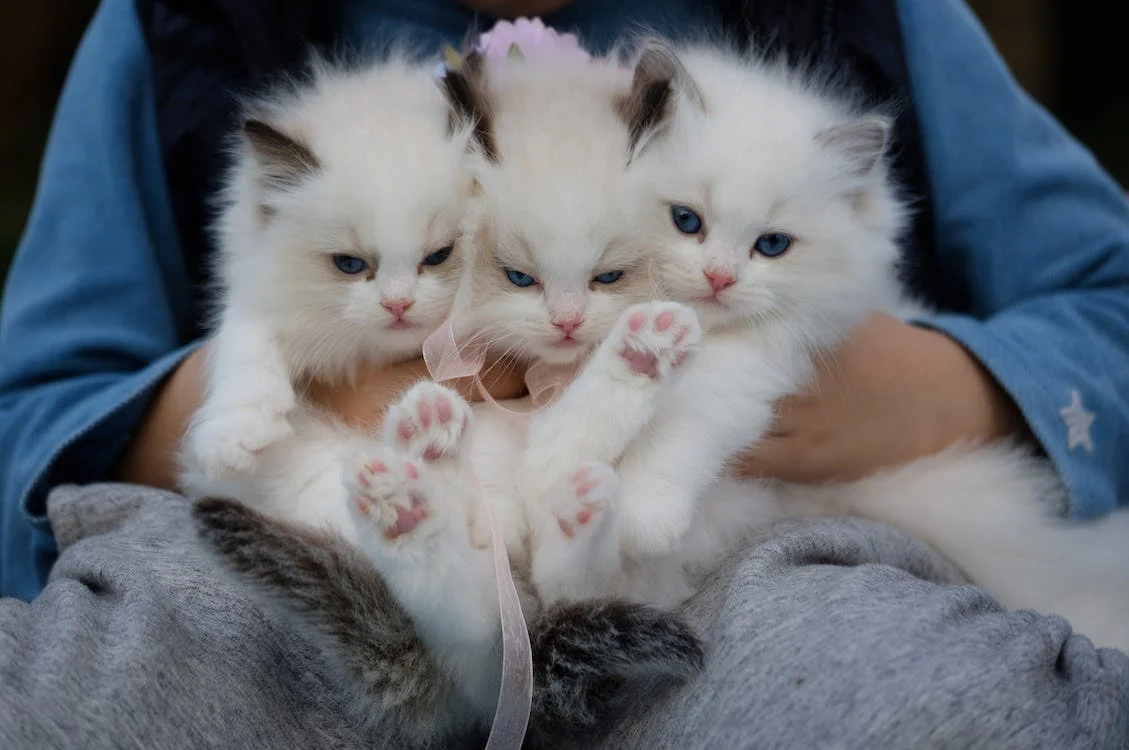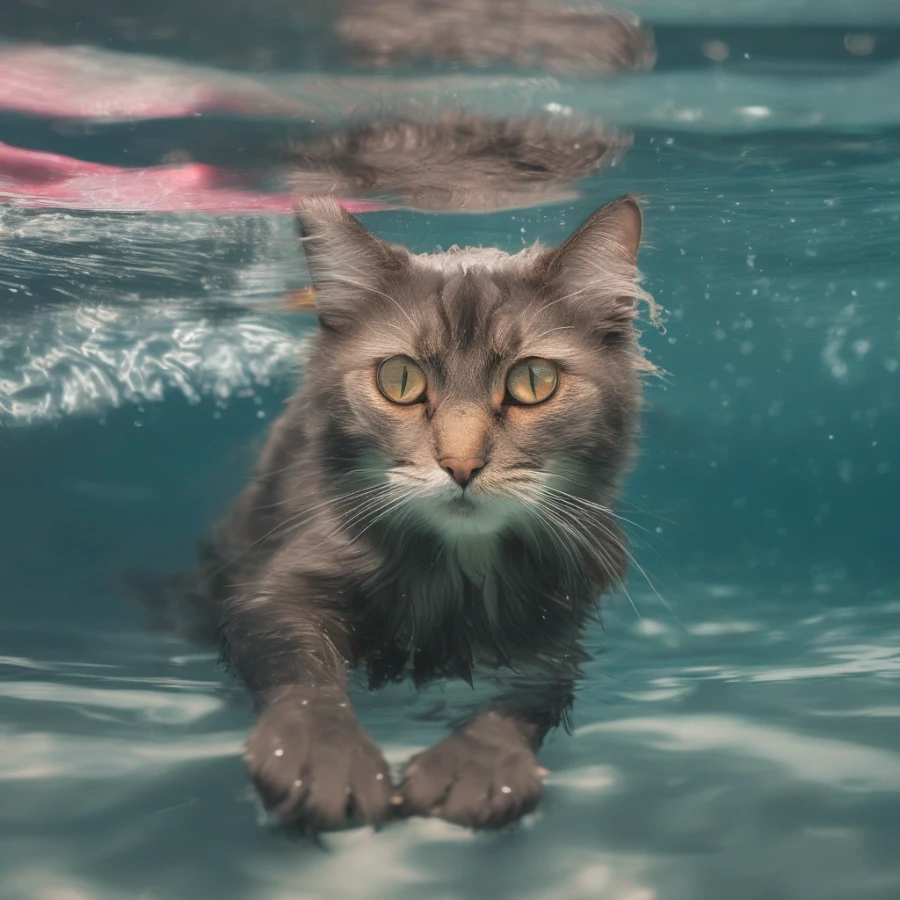The Miracle of Multiplicity: How Many Kittens Can a Cat Have?

Published by: Tatsiana Korshik
Time to Read: 3 Min

Cats, with their enigmatic charm and independent nature, have captivated the hearts of humans for centuries. Part of the intrigue lies in their ability to bring forth new life in the form of adorable kittens. But have you ever wondered just how many kittens a cat can have? Join us as we delve into the fascinating world of feline reproduction and explore the question: "How many kittens can a cat have?"
The Factors at Play: The number of kittens a cat can have varies based on several factors, including breed, age, health, and genetics. On average, a domestic cat can have a litter ranging from one to eight kittens, with the most common litter size being around three to five kittens.
Second Litter and Beyond: A cat's reproductive capabilities are not limited to their first litter. Cats can continue having litters throughout their reproductive years. However, it's worth mentioning that the frequency and success of subsequent litters can be influenced by factors such as the cat's overall health, the quality of care they receive, and their living conditions.
The Responsibility of Cat Owners: As cat lovers and responsible pet owners, it's crucial to prioritize the welfare of our feline companions. Breeding should always be approached thoughtfully and responsibly, with careful consideration of the potential impact on both the cat and the larger feline community. Spaying and neutering not only help control the population of cats but also contribute to the overall health and happiness of our furry friends.
Conclusion: The ability of a cat to bring new life into the world is a marvel to behold. The number of kittens a cat can have varies based on factors such as breed, age, and overall health. While cats can potentially have multiple litters in a year and throughout their lifetime, responsible breeding practices and spaying/neutering are essential for the well-being of both cats and the larger feline community. As cat enthusiasts, let's celebrate the magic of life while ensuring that we prioritize the health and happiness of our beloved feline companions.
The Factors at Play: The number of kittens a cat can have varies based on several factors, including breed, age, health, and genetics. On average, a domestic cat can have a litter ranging from one to eight kittens, with the most common litter size being around three to five kittens.
How Many Kittens Can a Cat Have in a Year?
Cats are remarkable creatures when it comes to reproduction, and their ability to reproduce is influenced by their fertility and environmental factors. A fertile cat can potentially have multiple litters in a year, especially if they live in an environment with abundant resources and minimal stress. However, it's important to note that responsible breeding practices prioritize the health and well-being of both the mother cat and her kittens.How Many Kittens Can a Cat Have in a Lifetime?
Over the course of a cat's reproductive years, which typically span from about six months to around ten years of age, they can have multiple litters. If a cat has an average of three to five kittens per litter and has two to three litters per year, the numbers can quickly add up. This underscores the importance of spaying and neutering to prevent overpopulation and to ensure the health of both the mother and her kittens.Second Litter and Beyond: A cat's reproductive capabilities are not limited to their first litter. Cats can continue having litters throughout their reproductive years. However, it's worth mentioning that the frequency and success of subsequent litters can be influenced by factors such as the cat's overall health, the quality of care they receive, and their living conditions.
The Responsibility of Cat Owners: As cat lovers and responsible pet owners, it's crucial to prioritize the welfare of our feline companions. Breeding should always be approached thoughtfully and responsibly, with careful consideration of the potential impact on both the cat and the larger feline community. Spaying and neutering not only help control the population of cats but also contribute to the overall health and happiness of our furry friends.
Conclusion: The ability of a cat to bring new life into the world is a marvel to behold. The number of kittens a cat can have varies based on factors such as breed, age, and overall health. While cats can potentially have multiple litters in a year and throughout their lifetime, responsible breeding practices and spaying/neutering are essential for the well-being of both cats and the larger feline community. As cat enthusiasts, let's celebrate the magic of life while ensuring that we prioritize the health and happiness of our beloved feline companions.



